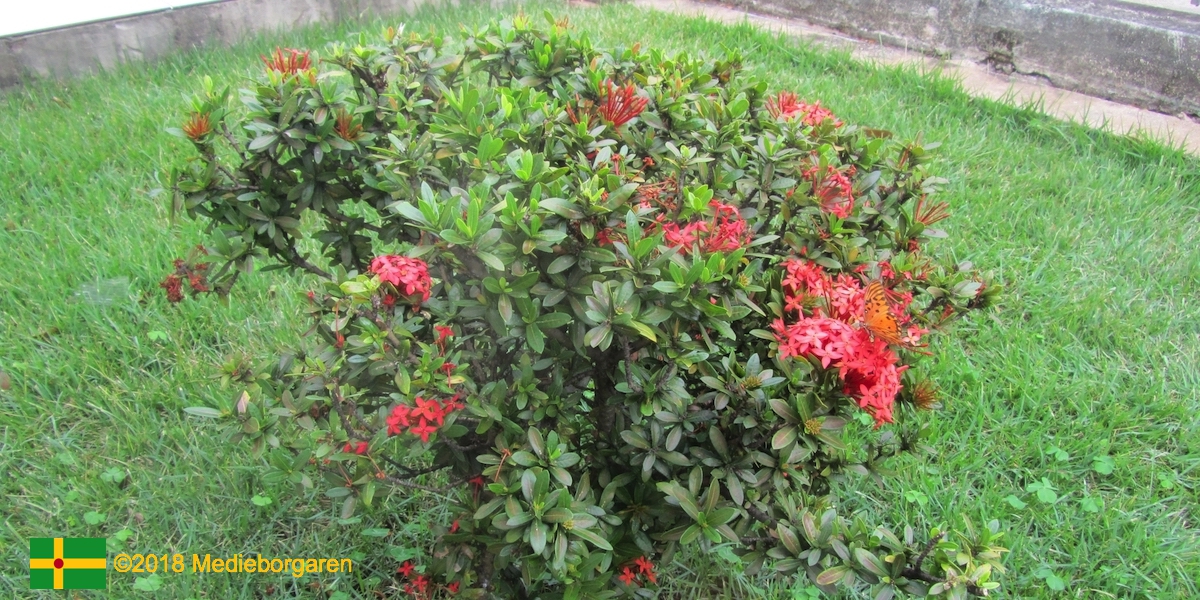87’2021 (2021-03-28) – Only in Marss
Today, I learned about:
Also the month of March has been quite interesting with some things that can only happen this month. Here they are:
The first Thursday of March
Although this special day started to be celebrated a decade ago, I only learned about it this month. It is a kind of unofficial local holiday for the Swedish landskap (province) of Småland in the South East of Sweden. I already spent five months of my military training there during the 1970s and so of course I had already notice that the locals have a big difficulty in speaking the combination of r and s in Swedish words. In normal Swedish, this is pronounced as a so called supra dental, where the r and s flow together. However, in Småland, that is not the case, they pronounce it as a sound containing two s’s. A linguistic explanation (in Swedish) can be found in reference # 1 below. It is linguist Jenny Öqvist at Institutet för språk och folkminnen (Institute for Language and Folklore) who has broken the sounds down into minute details. She also took the following photo of a cake served on this special day. It is a popular sponge cake in Sweden, with whipped cream and vanilla in between the layers, with a topping of marzipan, normally known as Princess cake, due to its connection with three Swedish princesses in the 1930s.
A man from Småland named Jonas Svenningson came up with the idea to start celebrating the pronunciation of ˜första torsdagen i mars˜ (meaning the first Thursday of March) in Småland as particularly interesting, because it is ˜fösta tossdan I mass˜. The idea spread like wildfire and now it is celebrated as Småland’s local, ˜national day˜.

The first Sunday of March
In my post of 66’2016 (2016-03-06) , I wrote about the traditional Swedish ski competition Vasaloppet, which is held every year on the first Sunday of March. This year, due to the on-going pandemic, only 400 selected top athletes could participate and what a race they made! The excellent weather conditions, well prepared tracks, sunny weather and -6 degrees Celsius resulted in that both the male winner, Tord Asle Gjerdalen from Norway, and the female winner, Lina Korsgren from Sweden, broke the records for the race. More details can be found in reference #2 below.
Sweden’s floral emblem
Each of the landskap (provinces) in Sweden has its own flower, but so far there had not been any national flower for the whole of Sweden. Until now!
Svenska botaniska föreningen (Swedish botanical society) invited the Swedish population to vote for their favorite flower. In the first voting phase were selected ten candidates, which participated in a final round to decide the winner.
And the winner is:
Liten blåklocka, Latin name Campanula rotundifolia! See also reference #3 below for more details.

The Öresund bridge
And last, but not least, my sincere thanks to my friend Graziela Gabrielli, who so graciously gave me her permission to publish the beautiful photo she took from the Swedish side on the high summer day of 197’2019 (2019-07-16), showing the bridge that since 2000 connects Sweden and Denmark over the straight of Öresund, thus called Öresundsbron (Öresund bridge).

More about Öresundsbron can be found in reference #4.
That’s what I learned in school today!
Ref.:
4: Öresundsbron

